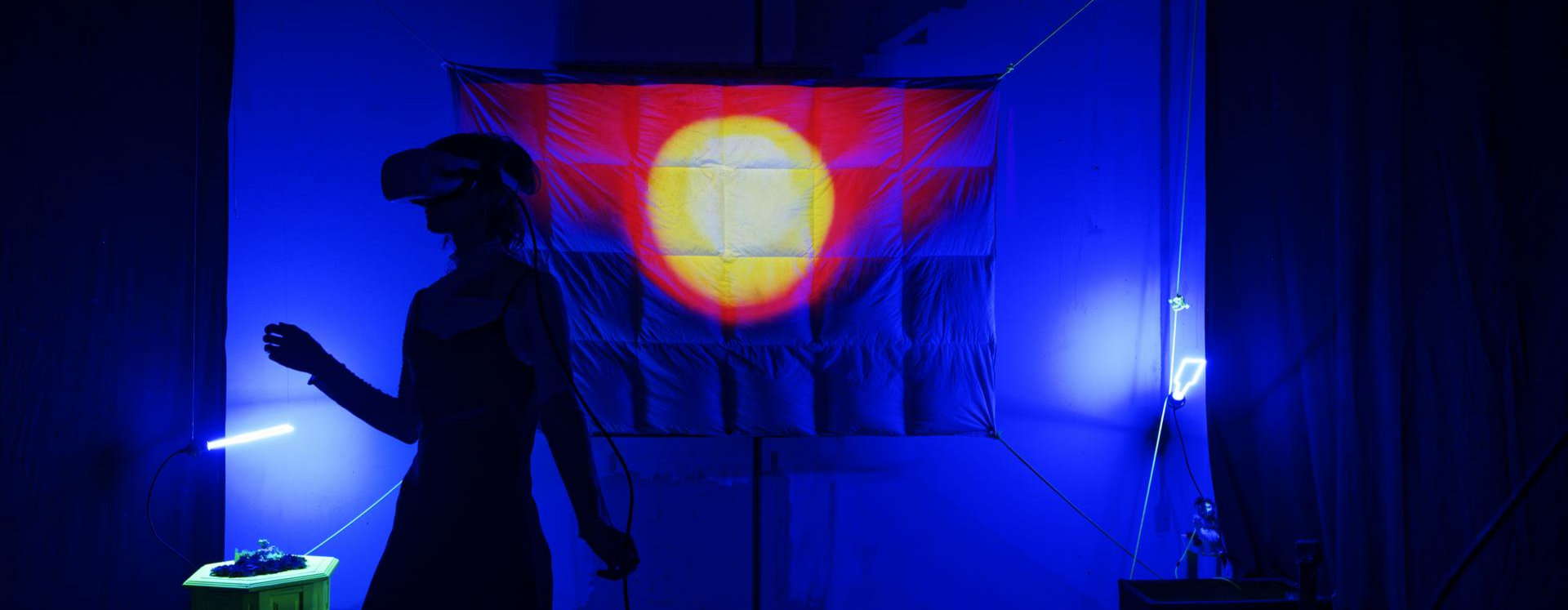Reverse-engineering film
“Soon I’m supposed to be graduated from the Master of Film. But what does it mean to be ‘a master of film’? It sounds almost pompous if you start thinking about it, and I was wondering how I could live up to that title. What I realized is that it’s not so much about being a master in relation to others, but that’s it’s rather about the ‘mastering of film’. I entered this program with a research plan to develop a system for subjective film analysis, which could be used as a tool for filmmaking. What I discovered was that I could turn it around as well: using filmmaking as a tool the analysis of film. I worked on it together with art critic Paul Groot, with whom, over the years, I have developed a close collaboration, based on our shared reflections on film.
Avant-garde approach
The project resulted in three feature films about Quinten, a boy with a memory like a movie karaoke machine. It is an attempt to re-invent, once again, the mode of production of feature films, and the creative process behind it, inspired by the avant-garde approach to filmmaking. We started off by rejecting the idea that filmmaking is a bothersome, expensive, time consuming business. It wasn’t meant as a deconstruction, it’s more practical, that’s why I prefer to use the term ‘reverse-engineering’. We reversed the creation of a narrative, using a certain given situation and transforming that into fiction during the process of filming, and even more so afterwards in the editing – and doing so by using associations and the imagination and especially cinematic references. Through appropriation we are integrating film analysis as an artistic tool.
Of course, this creates a much more dynamic process than when you work from a certain preconceived fictional world which requires lots of resources in order for it to be molded out of reality. We don’t intent to capture reality neither. Reality is only used as source material and turned into a narrative structure. The scenario is created afterwards, which we call the post-scriptum script, and brought into the film using titles and voiceover.
Quinten
The first film is a study of Quinten, an exceptional psychological case. He suffers from aphasia and he has a memory problem. Or actually it’s a great gift: his memory is loaded with all the movies he ever saw, he’s a walking movie database. His aphasia is the result of a traumatic relation with his ambitious talkative brother. When his brother gets murdered Quinten is finally free.
In the sequel, after he has overcome his trauma, and thus his aphasia, a complicated situation arises. The trauma was intertwined with everything that made him who he is, his obsessions, his quirks, but also all his great features. His life, his identity, his relationship with his girlfriend Sylvie and the rest of the world… there is no certainty any longer. Quinten is plagued by anxiety attacks, he sees great danger around him and he’s gradually drawn into a psychosis. Sylvie doesn't recognize the person she once loved anymore and decides to leave. After five years of studying in Amsterdam, she moves back to her motherland, Thailand, to find herself a home and a simple life in seclusion. She tries to forget everything that happened, tries to erase her memory. She leaves Quinten behind.
In the last part Quinten follows Sylvie to Thailand. In an attempt to reconnect and to preserve their love he persuades her into making a film together.
Falling in love
Every next film in the trilogy is a reflection on the previous one, not only in terms of content and form, but also in terms of working method. When we started there was no story, we only had the references to the films we love most, and of course, the two actors who shaped their own characters. But in the finished film a fictional world had emerged with the aid of a computer generated voice-over.
In the second part we had already lost our innocence and the filmmaking, and the film as a result, became more self-consciousness. A reflective layer was added through the voice-over of Sylvie, who has the same skeptical but curious attitude as the ideal spectator.
In the last film, referencing Sartre’s 'Huis Clos', those different perspectives become like a trap for the characters, they are literally captured in camera. Fiction and reality blend together when cameras step in front of each other. This endless loop creates a sense of vertigo, or nausea reinforced by the usage of 3D technology. The film itself ends up in an existential crisis that the characters are trying to deal with. Losing grip on reality is confusing and it may even be dangerous. Yet it’s exactly what happens when two people fall in love.”
Interview by Jan-Ewout Ruiter, April 2015




